MARKUS SCHLEINZER: ANGELO (2018)
ANGE SAMUEL KOFFI D'AUILA AND ALBA ROHRWACHER IN ANGELO
Even when treated royally, an 18th-century slave remains alien
Based (but very loosely and impressionistically) on the actual life of a real person, Angelo Soliman, Angelo recounts the life history of an African sold into 18th-century Viennese court society at the age of ten, replaced by a similar boy when the original one soon dies of a fever, named for a court servant, enabled to become the beloved Court Moor of the Habsburg empire — before being banished (punished by being set free) for marrying his white mistress. At the end of a long life we see him meet in death the humiliating and revealing fate of being re-objectified and primitivized.
In a pointed early scene unlike the others, a row of similar-sized young black boys in identical rough muslin garb stand on a slave-market platform in a big modern chrome and neon room to be chosen, suggesting this is a process that's still contemporary. Thenceforth the settings and clothes are sophisticated and individualized eighteenth-century ones, often with special, more colorful garments for the boy, and later man.
This film is indeed particularly notable for its exquisite scenes and costumes and original sense of the "look" of the eighteenth century in Austria where a black slave is treated as an exquisite showpiece and pet. Angelo shows the cunning appeal of racial exoticism, the glow of black skin clad in handsome and colorful western garments chosen to set it off that make their inhabitant seem elegant and exotic. While still a child (Angelo is divided among five different actors and the life into three stages), Angelo learns to play the flute. He immediately appears remarkably talented, and civilized, but also a showpiece, someone/something to be exhibited and admired. In early scenes, he is addressed (first he learns French, later also German) but not expected to reply.
The style here, austere and elegant, is paramount. Markus Schleinzer is known mostly as the busiest Austrian casting director, responsible for that aspect of some of Michael Haneke's and Ulrich Seidl's most admired films, and he works in that cold Austrian mold. His own first feature was a shocker, Michael, about three months when a pedophile keeps a ten-year-old boy prisoner in his basement, told from the pedophile's point of view. It was this debut that caused the outspoken critic Mike D'Angelo to tweet "WHAT THE FUCK IS WRONG WITH EVERYONE IN AUSTRIA?" Note that this second feature, seven years later, begins with an enslaved ten-year-old boy: it's been hypothesized that Schleinzer may be slowly completing an "imprisoned boy" trilogy.
The force of Schleinzer's tale and its bitter irony is that this man of Africa brought and sold as a slave to an Austrian countess, who had much honor and distinction, remained seen always as a curiosity, a savage, and an alien creature, despite his actual sophistication, grace, and numerous civilized accomplishments. (I suspect Schleinzer also unconsciously sees the eighteenth century as much the same kind of exotic oddity as his Europeans see in Angelo, but that contributes to the considerable visual pleasure of the film.)
The Wikipedia article about the real Angelo Soliman, based on historical accounts, shows that Schleinzer's version, apart its choppy structure (he's not the best storyteller) and fanciful mise-en-scène (where he excels) , despite its connecting with the historical figures's life at key points, still hasn't a lot to do with it. But the one key appalling fact is true. After his death Angelo's body was embalmed or stuffed for display in a feathered primitive costume such as he never wore in life. Whether it was actually displayed as shown in the film isn't known, but it was destroyed in a fire as shown here. This is where Schleinzer gets it right: in his striking and elegant scenes of objectification and distancing.
This film is described by Wendy Ide in Screen Daily as "a unnerving, austere counterpoint to Amma Asante’s Belle." But Belle is quite different, a Jane Austen-esque tale of a mulatto relative. One may contrast both the style and the story of Angelo with Abdellatif Kechiche's heavy-handed but by some admired Black Venus (NYFF 2010), but its African slave woman is treated as a cruder, more brutal curiosity, and meets a prolonged unpleasant fate. Compared to her, Angelo sure has it good. But that's the irony this film is about, that however posh the existence he is offered, he can never overcome the European conviction that as a black African he is basically not human. Maybe almost.
Angelo, 111 mins., debuted at Toronto; in half a dozen other festivals. It was reviewed at Toronto y Angelo Muredda for CinemaScope and at San Sebastián 25 Sept. 2018 by Guy Lodge for Variety. Nicholas Bell has a nice review in Ioncinema.
ND/NF Showtimes: April 6, 1:00 PM; April 7. 3:15 PM
New York Premiere · Q&As with Markus Schleinzer on April 6 & 7
ANGELO AT THE CENTER OF A COURT PERFORMANCE
STYLIZED 18TH-CENTURY PERFORMANCE WITH BLACKFACE, WITH ANGELO PERFORMING



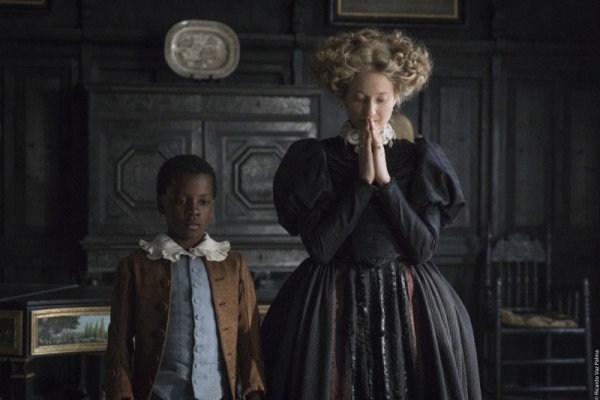
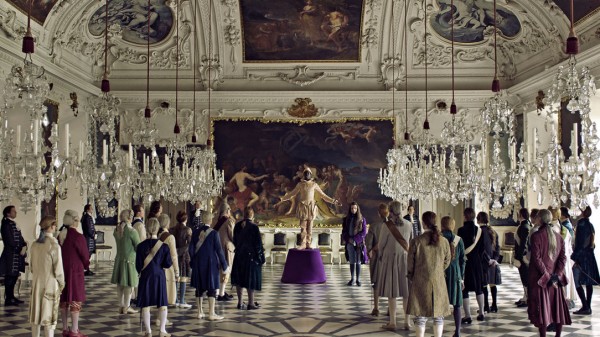
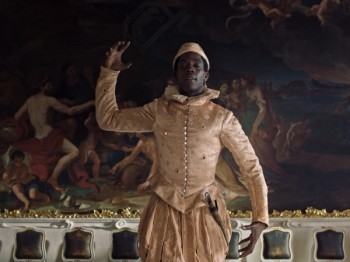
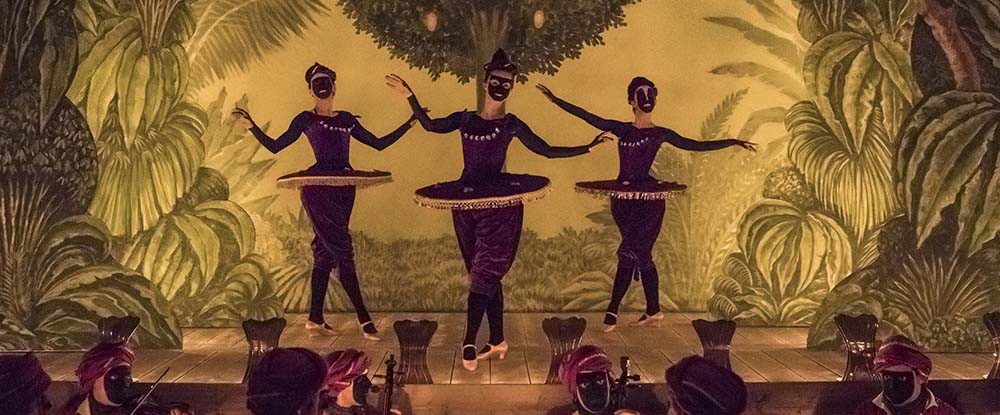

 Reply With Quote
Reply With Quote
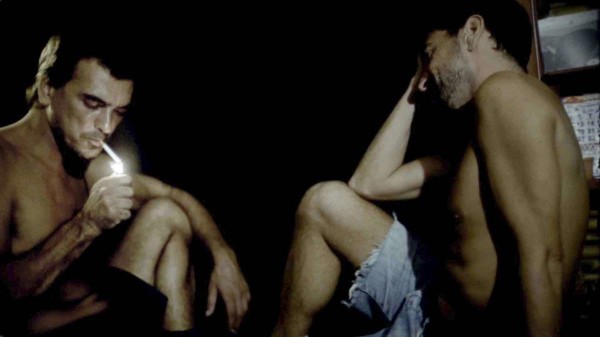
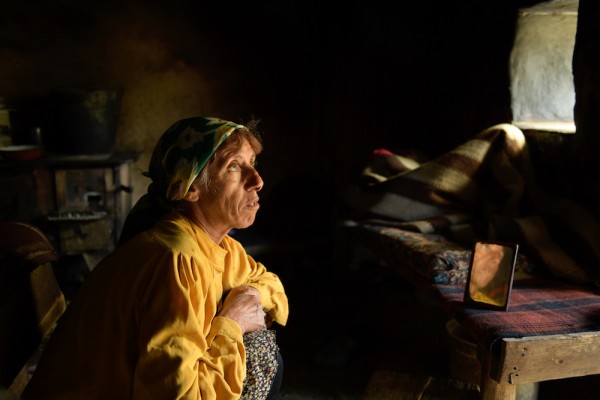
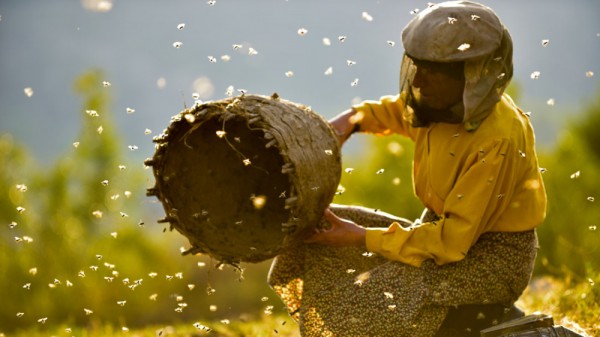
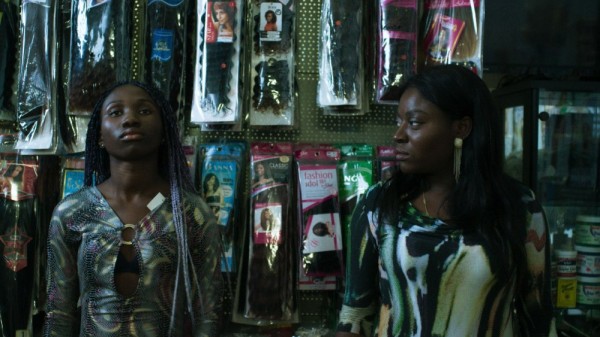
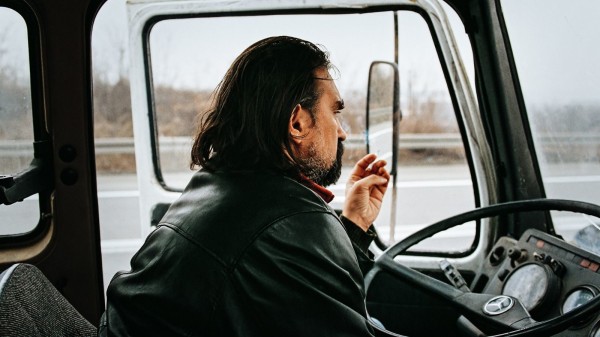
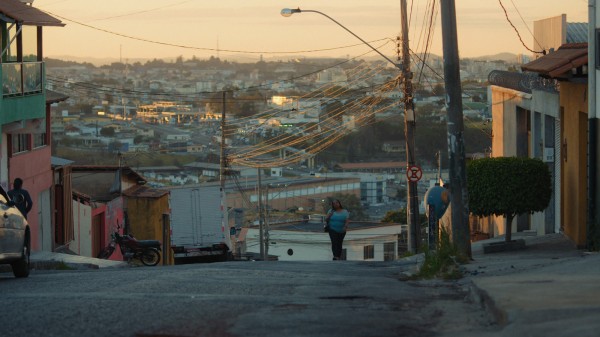
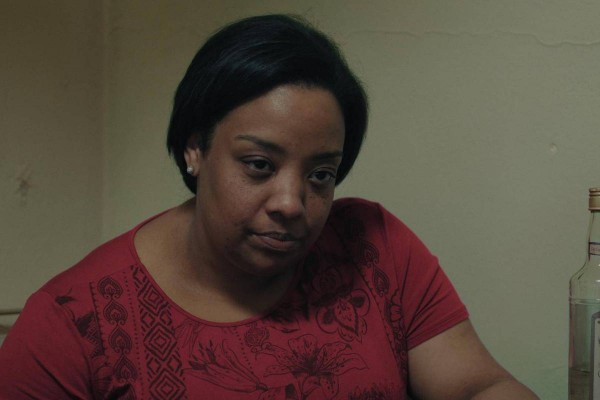
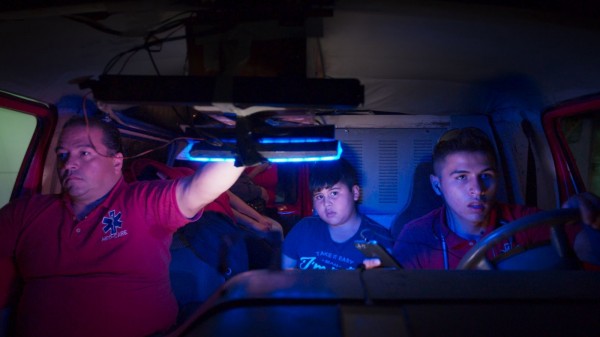
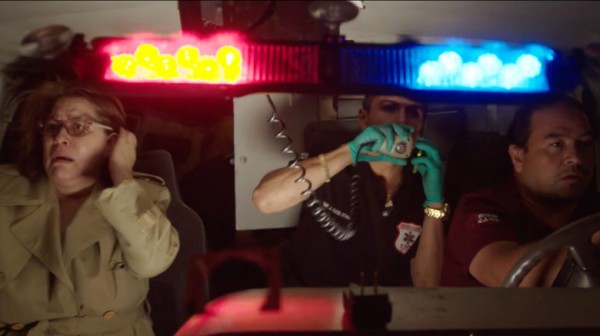
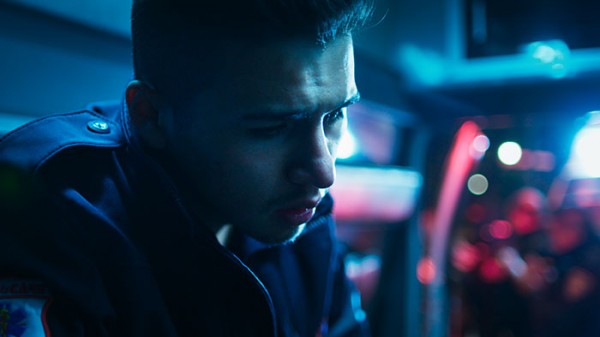

Bookmarks